From Uganda to Angola, Africa’s refugees face soaring hunger, shrinking aid
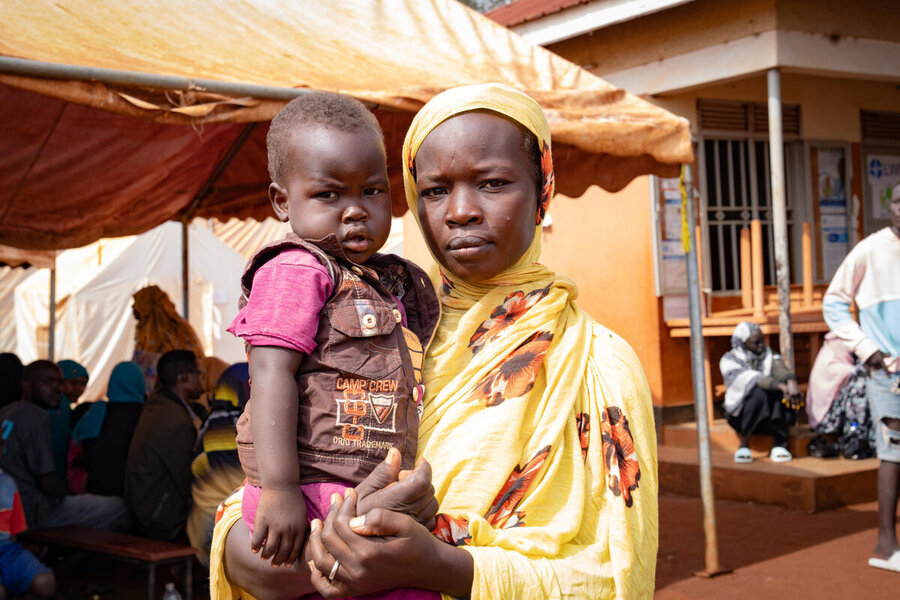
Omnia and her young son stand in line under a harsh midday sun, waiting for the daily hot lunch for newcomers at Uganda’s Kiryandongo refugee settlement. Exhaustion is etched on the face of this single mother, who arrived by bus from war-torn Sudan the day before.
“I know I will be safe until the war stops and I can go back,” says Omnia (surnames of refugees in this story are withheld on protection grounds).
She doesn’t know yet that humanitarian assistance for refugees in Uganda - and those across Africa - is buckling under soaring needs, which are fast outstripping available resources.
While donor support remains strong, it’s not enough to respond to the surge of people fleeing conflict, drought and other shocks - forcing the World Food Programme (WFP) and other humanitarian organizations to drastically shrink our refugee assistance. From Egypt to Ethiopia, Angola to South Sudan, WFP is cutting food aid to some of the world’s most vulnerable people - then cutting it further to cover only the neediest.
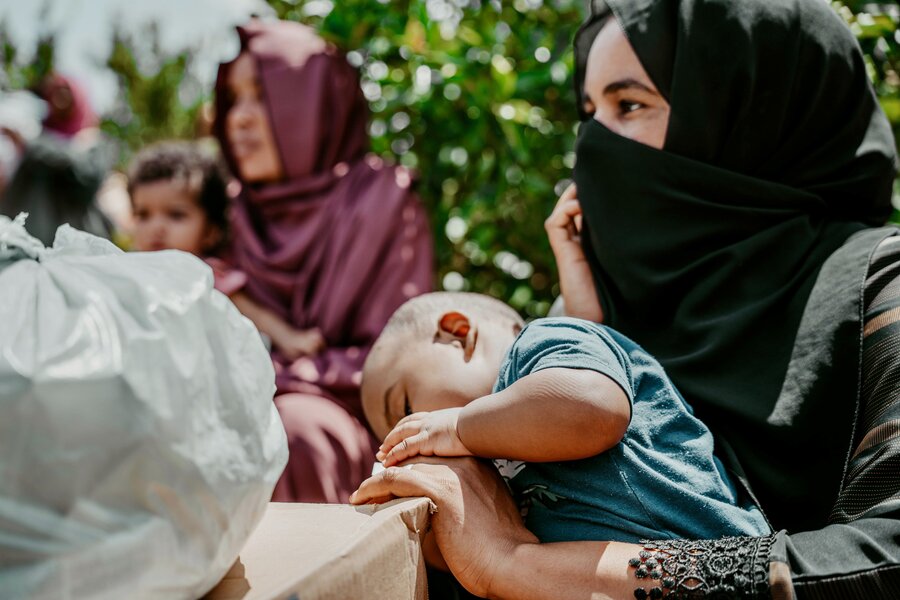
Without a massive and speedy influx of contributions, millions of refugees across Africa will lose WFP assistance altogether in a matter of weeks. That includes in Uganda, home to Africa’s largest refugee population: 1.9 million. Many newcomers, like Omnia, fled their homes with little more than the clothes on their backs. Most have few other means to survive.
“Despite rising needs, WFP has been forced to progressively reduce its assistance,” says WFP Uganda Country Director Marcus Prior of our refugee operations in the East African country, which need US$50 million through December. “The impact of reductions in ration sizes and number of refugees assisted is likely to increase food insecurity and malnutrition rates within six months or less.”
No food
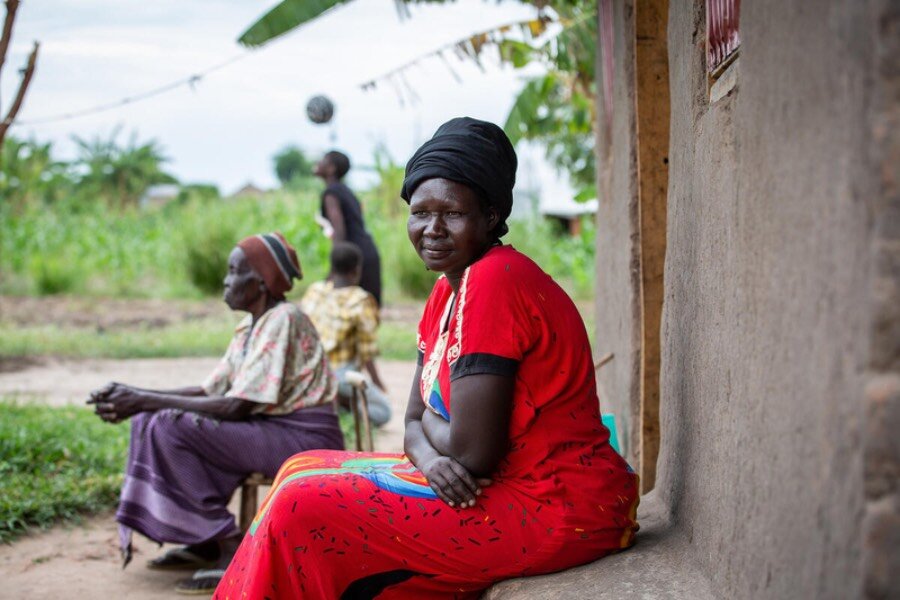
At Rhino refugee camp in northwestern Uganda, 37-year-old Jemima from South Sudan counts among those feeling the shockwaves. The mother of 12, who arrived in Uganda in 2016, has seen her family’s monthly WFP cash assistance for food and other essentials shrink from US$53 to US$38. Then in May - when a funding crunch forced WFP Uganda to cut food aid to nearly a million of the 1.6 million refugees it was assisting - it vanished altogether.
“There is no food,” says Jemima as she gazes at the half-grown maize in her small plot, testament to Uganda’s progressive policy of providing land to refugees. But the harvests meet only a fraction of their food needs.
With no money for extras, Jemima has pulled her children from school. Her husband has returned to South Sudan in search of land to farm, despite soaring hunger and instability in their homeland.
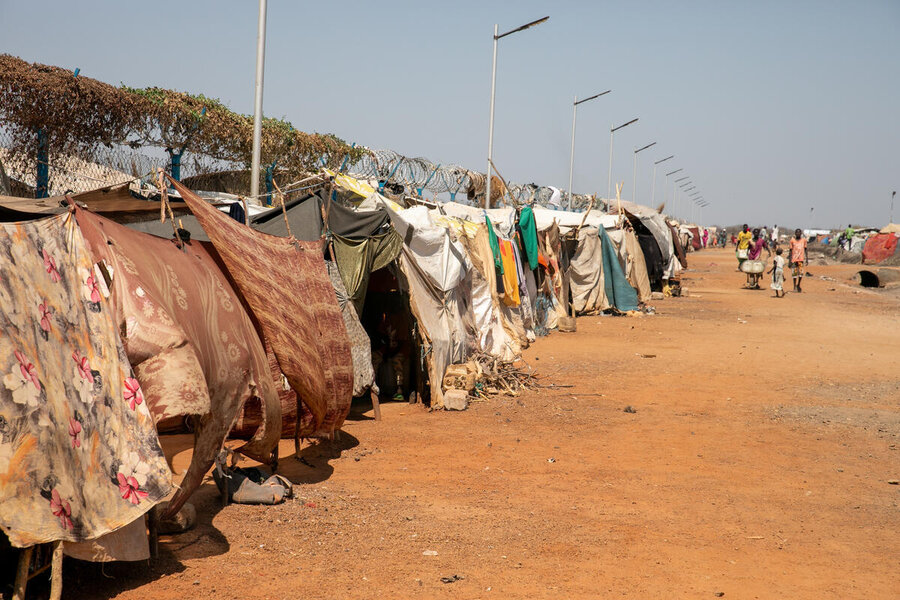
South Sudan itself is hosting hundreds of thousands of refugees. Many, like 84-year-old Abdullah, come from neighbouring Sudan, where more than two years of conflict have uprooted millions. When a bomb exploded near his home in Sudan’s White Nile State, the farmer and his family escaped by foot, making the days-long journey to the border.
“We are all sick with malaria,” Abdullah says, speaking from South Sudan’s Renk transit centre, where his family arrived with just a small bag of necessities for the children. “There is insecurity in the east, there is insecurity in the north. We don’t have food or water.”
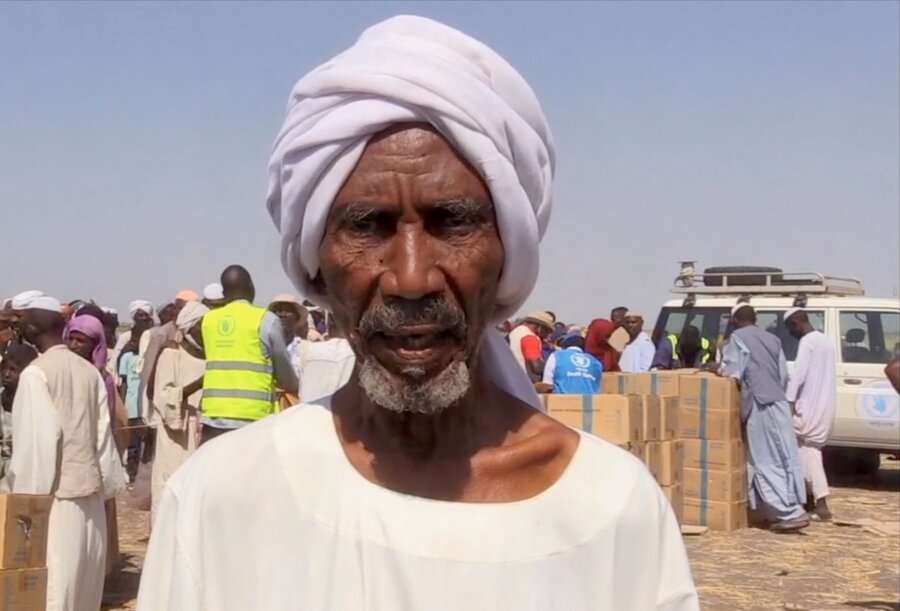
At Renk, WFP provides Abdullah and other newcomers with fortified biscuits on arrival and a one-off cash distribution for immediate food needs until they reach one of South Sudan’s refugee camps. But with a US$34.6 million financing gap, we’re currently providing refugees with only 50 percent rations.
“There’s a serious humanitarian crisis,” says WFP South Sudan programme officer Rose Ejuru. “But to be able to support the fresh crisis, WFP needs more funding.”
More cuts to come
Conflict in Sudan and eastern Democratic Republic of the Congo is among the key drivers of Africa’s broader refugee crisis, with the spillover felt in neighbouring countries. Egypt, for example, hosts 1.5 million Sudanese war refugees. But here, too, financing for WFP’s refugee response hasn't matched the skyrocketing needs. Like elsewhere in Africa, many who sought asylum here are seeing deep cuts in WFP assistance. For hundreds of thousands of others - like Theresa, a Sudanese mother of seven - the support has completely dried up.
Now living in Cairo, Theresa and her family survive on the slender earnings of one of her children who found work. “I don’t know how we will keep going,” she says.
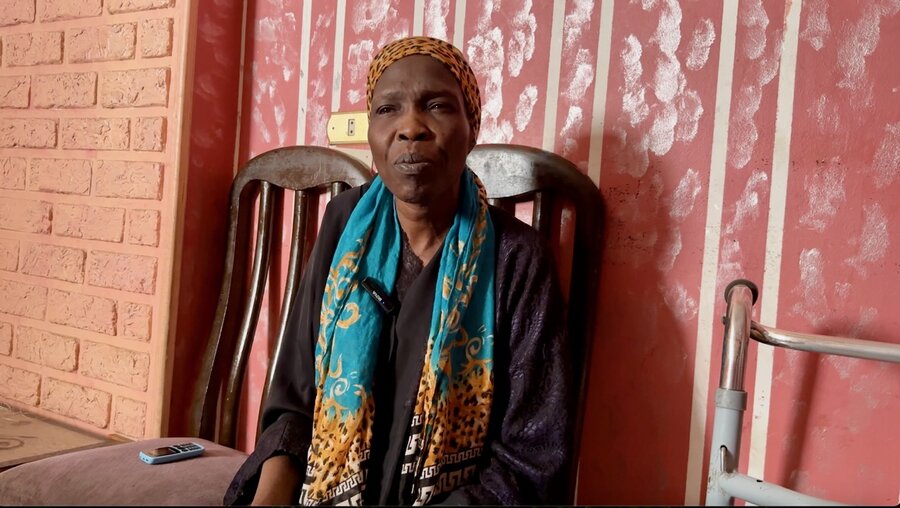
Thousands of miles south, in eastern Cameroon, another refugee mother, Fatouma, stirs a pot of food as her young son watches quietly. She counts among nearly a quarter of a million Central African refugees in the region who largely survive on humanitarian support. But they, too, have been hit by WFP ration cuts - amid a US$63 million funding shortfall for our Cameroon refugee response this year.
“We eat only once a day now,” says Fatouma, who fled unrest in her homeland. “The food is not enough, and I worry for my child.”

Longer-term initiatives to build refugees’ resilience - and their independence from food assistance - have also taken a hit.
In Angola’s Lunda Norte Province, bordering the DRC, WFP has teamed up with the Government and humanitarian partners in rolling out projects like farming, beekeeping and planting fruit trees, which benefit long-time Congolese refugees and the local communities hosting them. There are plans to scale up these income-generating activities and introduce additional ones like fish farming. But insufficient contributions have put those plans on hold - and forced WFP to slash refugee food assistance.
It is not the outcome many here had hoped for.
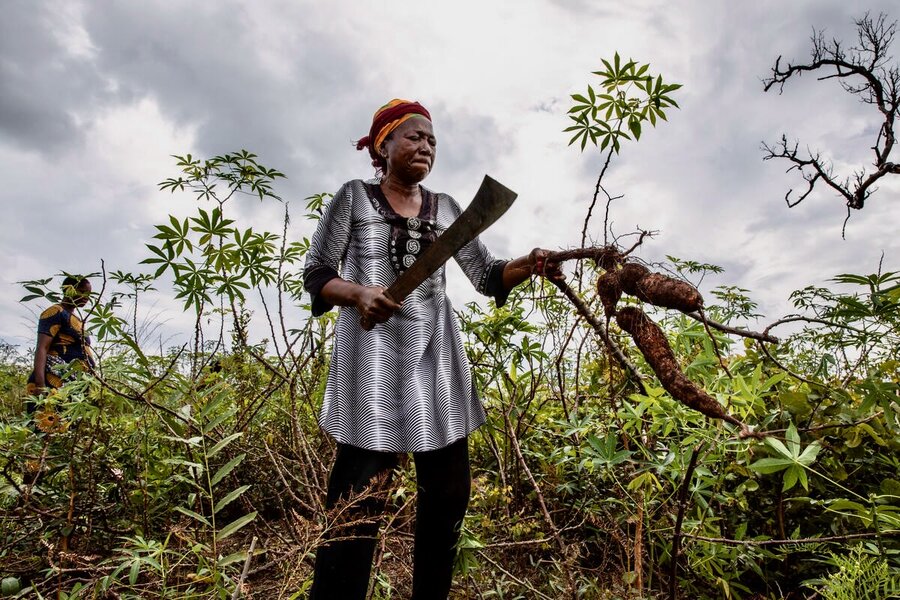
“We have a duty to cultivate the land so our children can see their parents work to live,“ says Antoinette, a Congolese refugee affectionately nicknamed Maman Antho, who leads the resilience-building initiative.
“We do not want to depend on humanitarian aid,” she says. “The time of emergency is over. Now is the time for development.”
The story was written by Didas Kisembo, Mayramou Madaki, Mariam Zaki, Christine Hanna, Inaara Gulamhussen and Gabriela Vivacqua.
The African Development Bank/Cameroon, Canada, the EU, France, Germany, Ireland, Japan, Multilateral donors, Spain, Sweden, Switzerland, the UAE, the UK, CERF, and the US are among the donors supporting WFP’s refugee operations across Africa.
Learn more about WFP's work in Angola, Cameroon, the Central African Republic, the Democratic Republic of Congo, South Sudan, Sudan and Uganda
